
2024 Toyota Camry Launched In India At Rs 48 Lakh; Now...
- Dec 11, 2024
- Views : 16211


As cars become easier to drive, chances of drivers becoming lazier also increase proportionately. This laziness is a direct result of the modern technologies that control a variety of aspects in cars. These range from convenience to safety and even driving the car themselves. Exclusive to just luxury cars earlier, these features have now migrated to our daily drivers and are helping us remain more focused and alert while driving. Today, we are picking two such features - automatic headlights and rain-sensing wipers, which not only help with safety but also are a huge convenience in daily driving. Let's have a look at the tech behind these features and understand how they work.
1. Automatic Headlamps
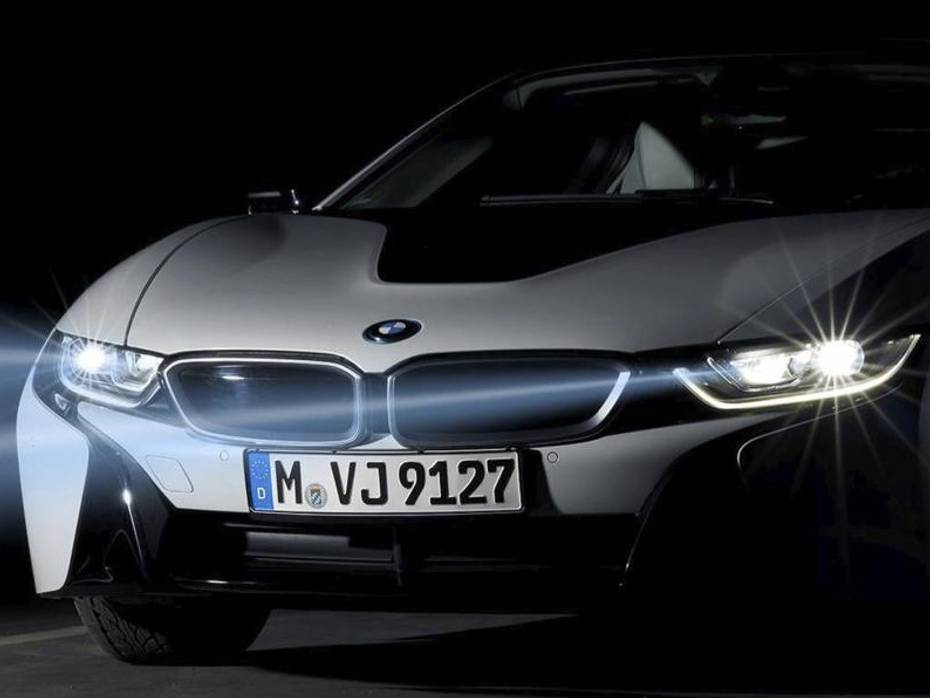
The automatic headlamp is also known as automatic headlamps-on, auto headlights, and other similar combinations. The trait, though, is simple: to automatically switch on the headlamps when the ambient lighting reduces beyond a certain intensity; or, in simple words, when it becomes dark.
How It Works
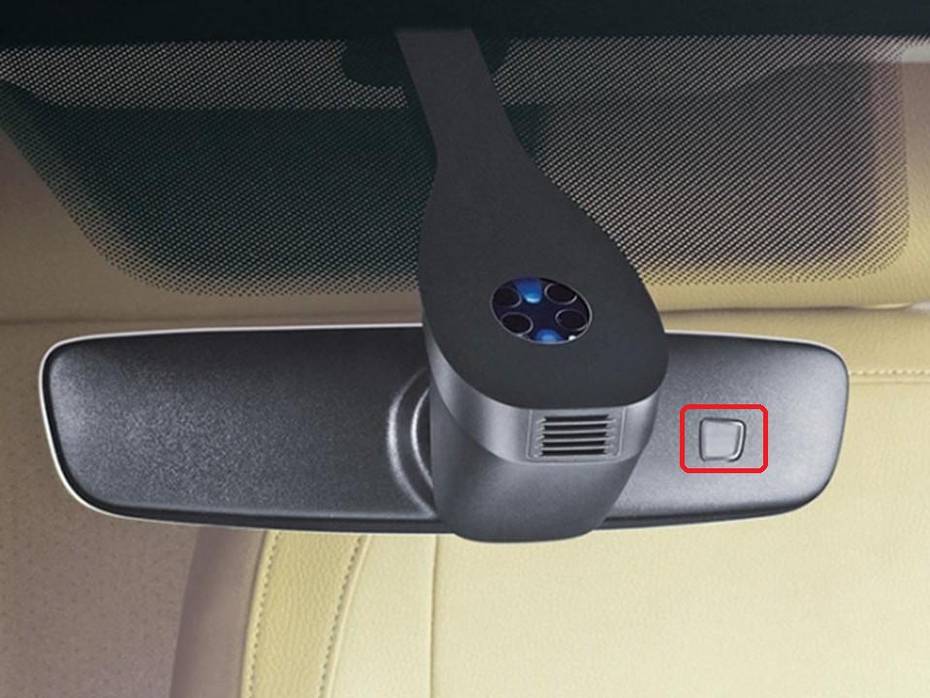
The principle around which this feature revolves is called photoelectricity, i.e. electricity produced from a beam of light. A photoelectric sensor is placed on the dashboard or behind the internal rear-view mirror of the car, which receives ambient light. This sensor is calibrated in such a way that it can filter between sunlight and street lights. When sunlight falls on this sensor, it starts to produce electricity. This electricity is sensed by an electronic control unit which controls the lighting circuit of the car. When it receives electricity from the sensor, it keeps the headlamps off. As soon as the natural light becomes dim and the photoelectric sensor stops generating electricity, the electronic control unit switches on the headlamps. And ta-da, you have automatic headlamps on.
The photoelectric cells or sensors have a very long life and hence they are ideal to be used in such a circuit. Also, with the sensor being placed inside the car, there is hardly any chance of it getting damaged and this makes it quite reliable.
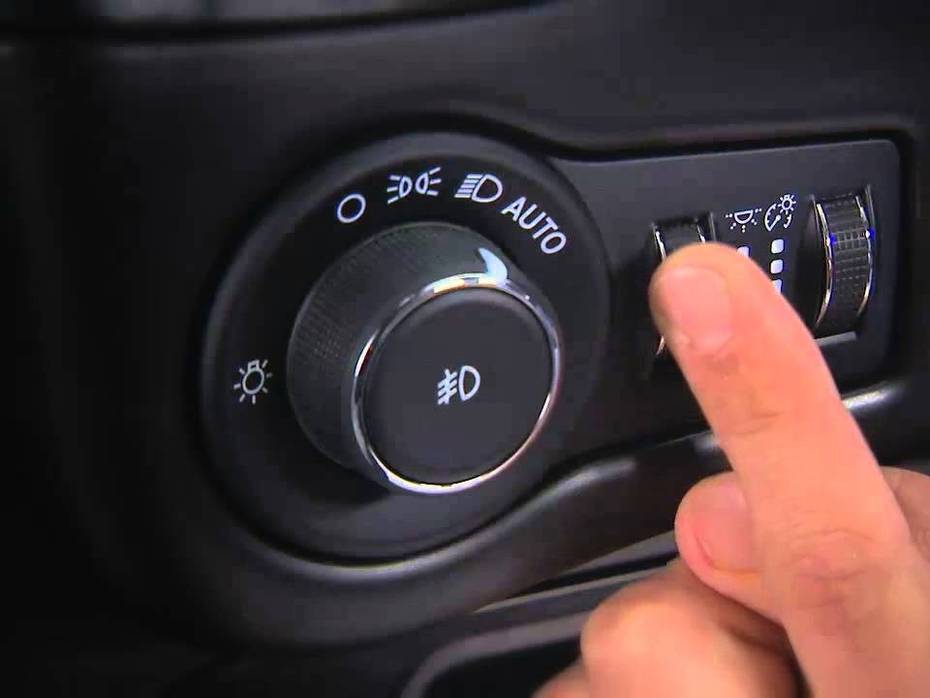
Automatic headlamps come with a switch which can be used to turn this feature on or off. We advise that you keep this feature on as nowadays a lot of cars have started to come with always-lit instrument clusters. And with the console being lit, it is easy to forget that the headlamps are not switched on, which becomes a potential disaster. It's good that this feature has started to find a place in most cars on sale, making the streets safer.
One Week, No Horn: What I Learnt
2. Rain-Sensing Wipers
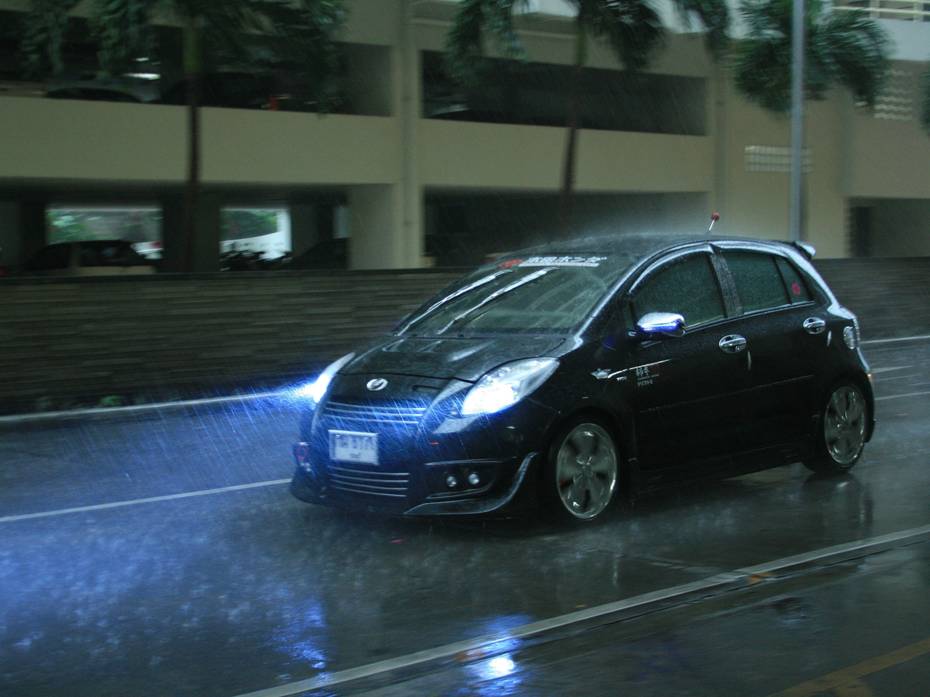
Another important feature, automatic rain-sensing wipers or automatic wipers detect water, snow or dirt on the windscreen and switch on automatically. They adjust the speed of the wiper blades too, depending on the intensity of the rainfall.
How It Works
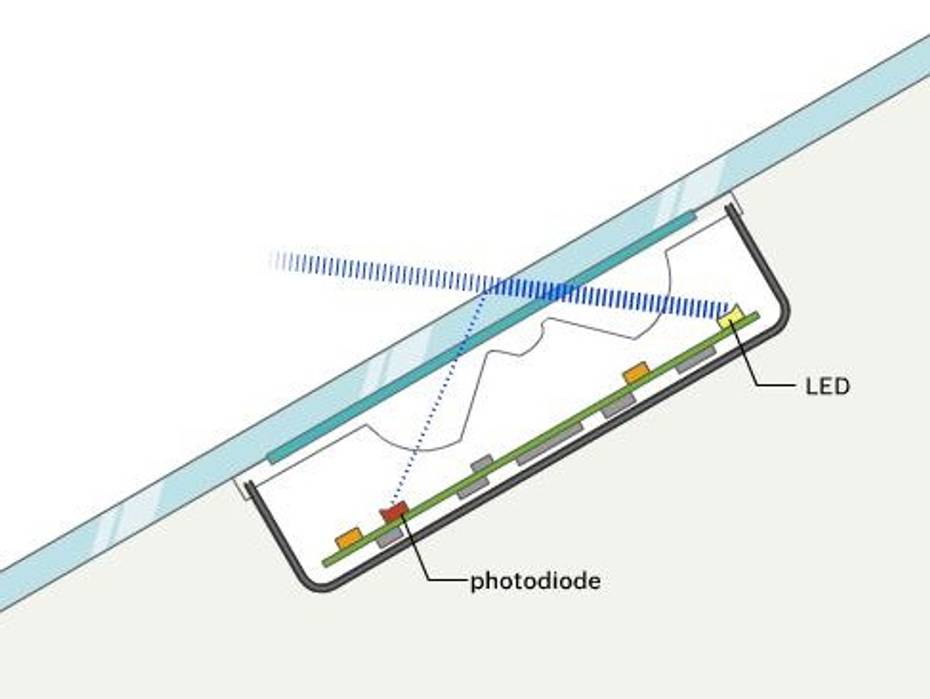
Like automatic headlamps, rain-sensing wipers also use a sensor to tell the control unit when there is moisture on the windscreen. The sensor in play here is usually placed on the internal rear-view mirror stuck to the windscreen. It shoots out infrared rays and collects the reflection from the windscreen. When there are droplets of water on the windscreen, the number of rays being reflected and received get reduced and a signal is sent to the control unit which activates the wipers. As the amount of water on the windscreen increases, the intensity of infrared rays being received is further reduced and this increased the speed of the wipers. Once the windscreen is clear of water, the reflected rays being received by the sensor comes back to normal and the wipers are switched off.
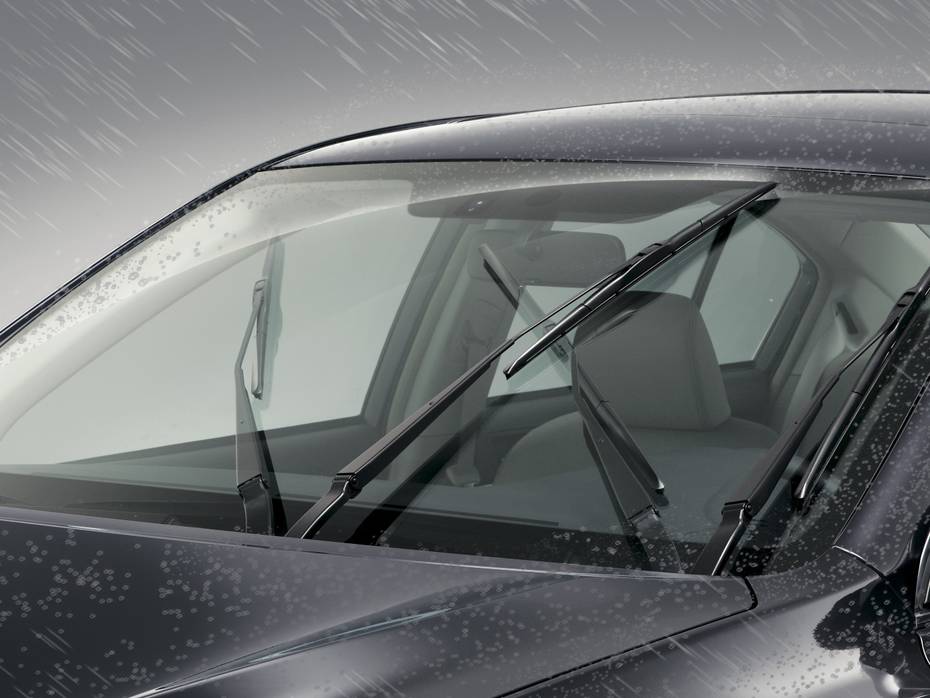
This feature is particularly useful in a scenario when the traffic around you splashes water on the car or in a case of irregular rainfall when otherwise, you would have to regulate the wipers often.

These features are fairly simple in their principle but make a huge difference in the convenience of driving as they let you remain focused on the road. We expect more and more manufacturers to introduce these features in their cars and make them standard fitment.
Recommended Read
- MotorMouth: Dear Nissan, Bring Us The New Micra!

2024 Toyota Camry Launched In India At Rs 48 Lakh; Now...

Kia Syros Unveiled Globally As The Most Premium Sub-4m SUV In India

Skoda Kylaq: Here’s What You Get With Each Of Its 4 Variants

New 2024 Honda Amaze Arrives In India At Rs 8 Lakh

Hyundai Exter: Welcome To The New World Of Thrills And Technology

Hyundai Creta Level-2 ADAS Explained, Perfect For Indian Road...

In Pictures: New Kia Syros Design And Interior Detailed

Kia Syros vs Sonet: A Detailed Comparison Of The Two Sub-4m SUVs

Hyundai Exter: An Year Long Ownership Experience That Left Us Wanting...
India's largest automotive community
 Renault Extends Standard Warranty On Kwid, Triber, And Kiger To 3 Years – Ownership Just Got Worry-Free!
Renault Extends Standard Warranty On Kwid, Triber, And Kiger To 3 Years – Ownership Just Got Worry-Free!
 Only 3 Hatchbacks Launched In 2024! Another Segment Declining With The Popularity Of SUVs In India?
Only 3 Hatchbacks Launched In 2024! Another Segment Declining With The Popularity Of SUVs In India?
 January 2025 Is Set To Be Bustling With Many New Car Launches And Debuts Including Creta EV, Tata Sierra, MG Cyberster, And More!
January 2025 Is Set To Be Bustling With Many New Car Launches And Debuts Including Creta EV, Tata Sierra, MG Cyberster, And More!
 The Future Looks Premium For MG Cars In 2025 Starting From An Electric Sportscar To Luxury MPV
The Future Looks Premium For MG Cars In 2025 Starting From An Electric Sportscar To Luxury MPV
 Toyota Camry
Rs. 48.00 Lakh
Toyota Camry
Rs. 48.00 Lakh
 Honda Amaze
Rs. 7.99 Lakh
Honda Amaze
Rs. 7.99 Lakh
 Audi Q7
Rs. 88.66 Lakh
Audi Q7
Rs. 88.66 Lakh
 Mahindra XEV 9e
Rs. 21.90 Lakh
Mahindra XEV 9e
Rs. 21.90 Lakh
 Mahindra BE 6
Rs. 18.90 Lakh
Mahindra BE 6
Rs. 18.90 Lakh